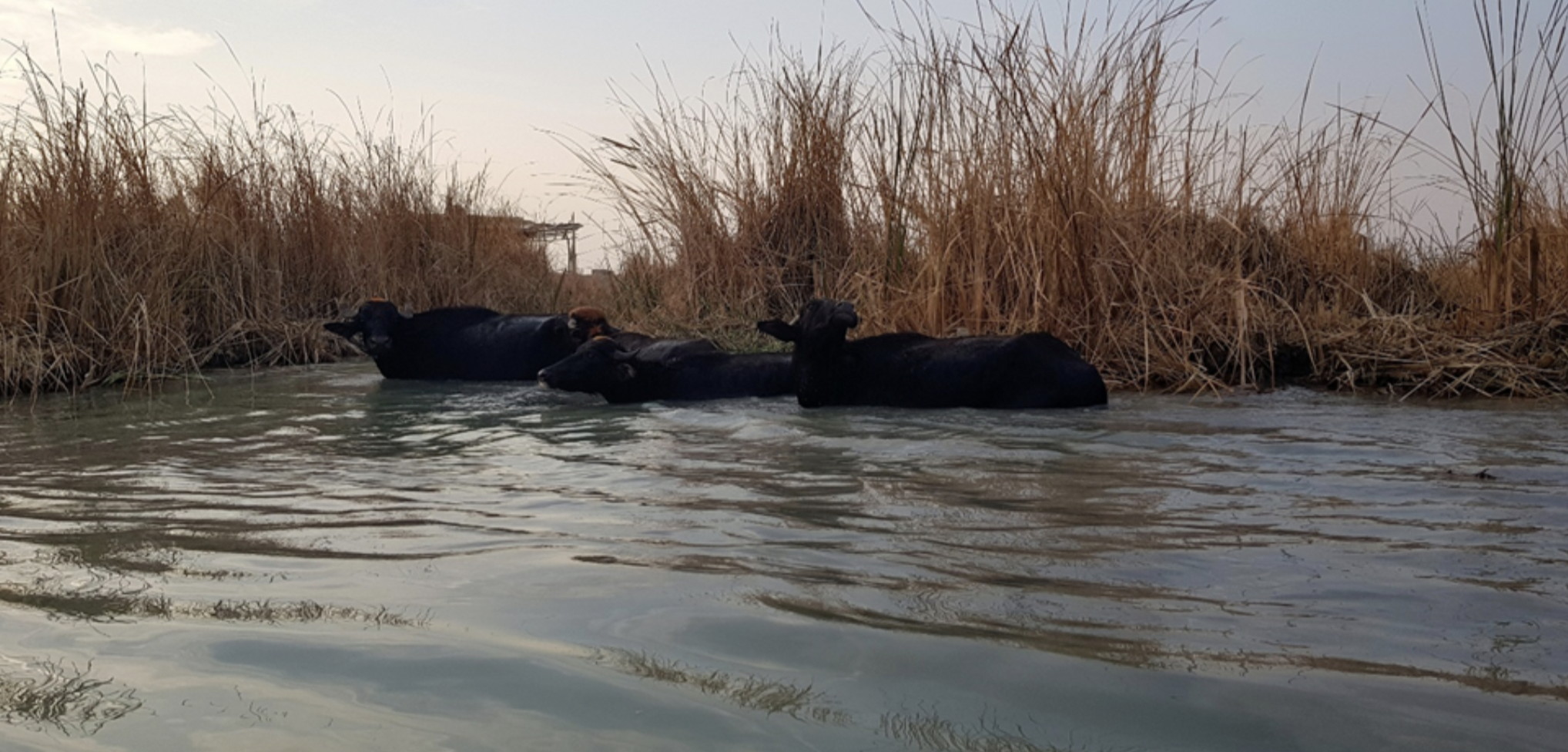Mesopotamian Marshlands Overview
TheMesopotamian Marshlands National Park, located in southern Iraq, covers approximately 2,850 square miles (7,380 square kilometers). It is a vital part of the historic Mesopotamian Marshes, also known as Al-Ahwar, a vast wetland system at the confluence of the Tigris and Euphrates Rivers.
This region has been home to the Marsh Arabs (Ma’dan) for centuries, who have built floating reed houses and developed a unique way of life adapted to the water-rich environment. The park plays a crucial role in preserving the ecological and cultural significance of these wetlands, which are considered one of the world’s most important freshwater ecosystems.
The park’s landscape is dominated by an intricate network of marshes, lakes, and reed beds, creating an oasis in the otherwise arid environment of southern Iraq. The three main marshes—Hammar, Central, and Hawizeh—form a patchwork of open water and dense vegetation, consisting mainly of Phragmites reeds, papyrus, and submerged aquatic plants.
These wetlands create a unique and dynamic environment, shifting with seasonal floods and providing critical habitat for various species. Beyond the marshes, small islands and muddy banks support limited but vital vegetation, offering shelter for wildlife and local communities.
The wildlife in Mesopotamian Marshlands National Park is remarkable, particularly for bird species. The wetlands serve as a crucial stopover for migratory birds traveling between Europe, Africa, and Central Asia, making it one of the most important birding sites in the Middle East.
Key avian species include the Basra reed warbler, marbled duck, pygmy cormorant, and sacred ibis. Among mammals, the park is home to species like the smooth-coated otter, an endemic and endangered animal, as well as the wild boar, golden jackal, and striped hyena. Fish species such as shabout, binni, and catfish thrive in the waters, supporting both the ecosystem and the livelihoods of local fishing communities.
Visitors to the park are drawn to its rich cultural heritage and natural beauty. The traditional floating villages of the Marsh Arabs, built from reeds, offer a glimpse into an ancient way of life that has endured for thousands of years.
Boat tours through the reed-filled waterways provide an intimate look at the park’s stunning landscapes and its diverse birdlife. Eco-tourism, birdwatching, and guided cultural experiences allow visitors to engage deeply with both nature and the region’s unique human history. The marshes are also known for their breathtaking sunrises and sunsets, which cast golden hues over the tranquil waters.
Conservation efforts have been a major focus in the park following decades of degradation. In the 1990s, large portions of the marshes were drained, leading to habitat loss and displacement of local communities.
However, successful restoration projects since the early 2000s have helped to re-flood much of the area, allowing wildlife to return and traditional ways of life to be revived. Challenges remain, including water shortages, climate change, and upstream damming on the Tigris and Euphrates, which threaten the park’s long-term sustainability.
Nevertheless, the park’s designation as a UNESCO World Heritage site has brought international attention and support, reinforcing the importance of ongoing conservation efforts.










































































